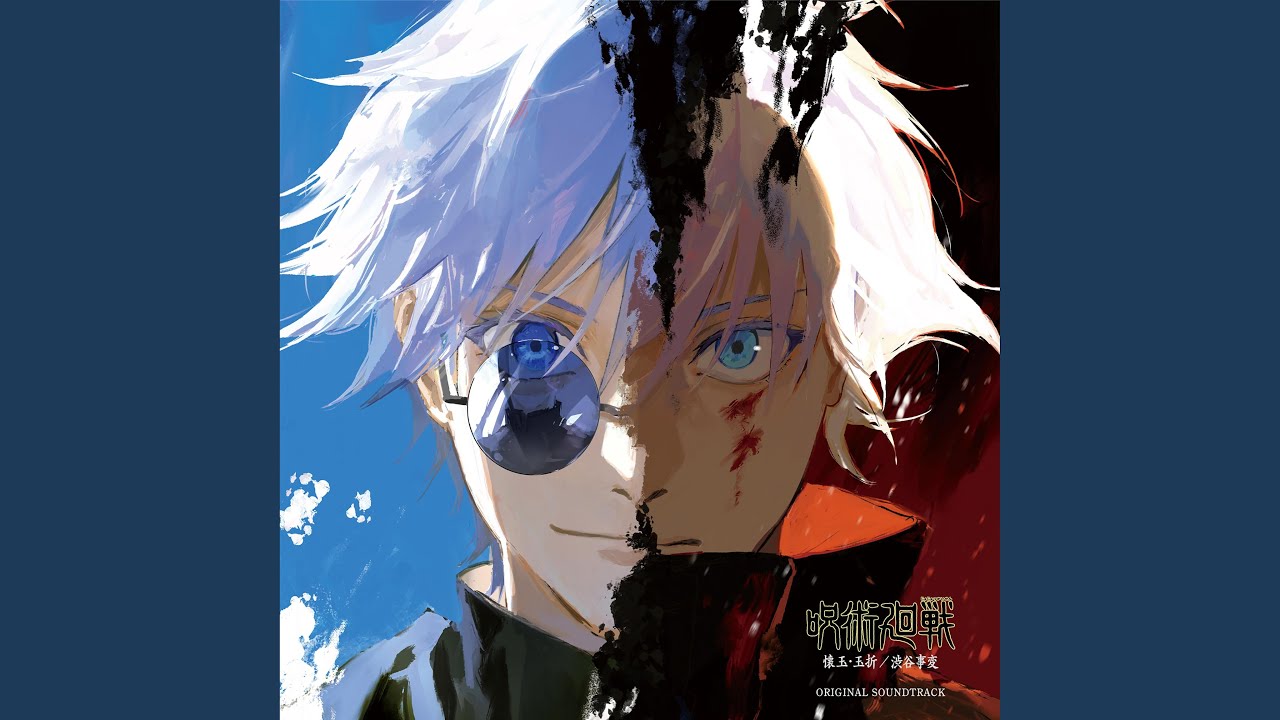Throughout history, malevolent forces have shaped storytelling, conjuring sinister legends and myths that continue to haunt our collective imagination. These narratives embody not just our unease but personify profound fears, anxieties, and the darker shades of human nature. Whether you’re a movie buff keen on cinematic interpretations or a folklore fanatic, these tales of malevolence resonate with anyone who’s ever jumped at a shadow or felt that chill creeping down their spine.
In this exploration, we’ll sip from the goblet of malevolent myths, serving seven notorious examples that exemplify how dark forces have influenced our cultural storytelling. Grab your popcorn and maybe a comforting blanket as we dive into the shadows of our own history.
Exploring Malevolent Legends: Seven Notorious Examples
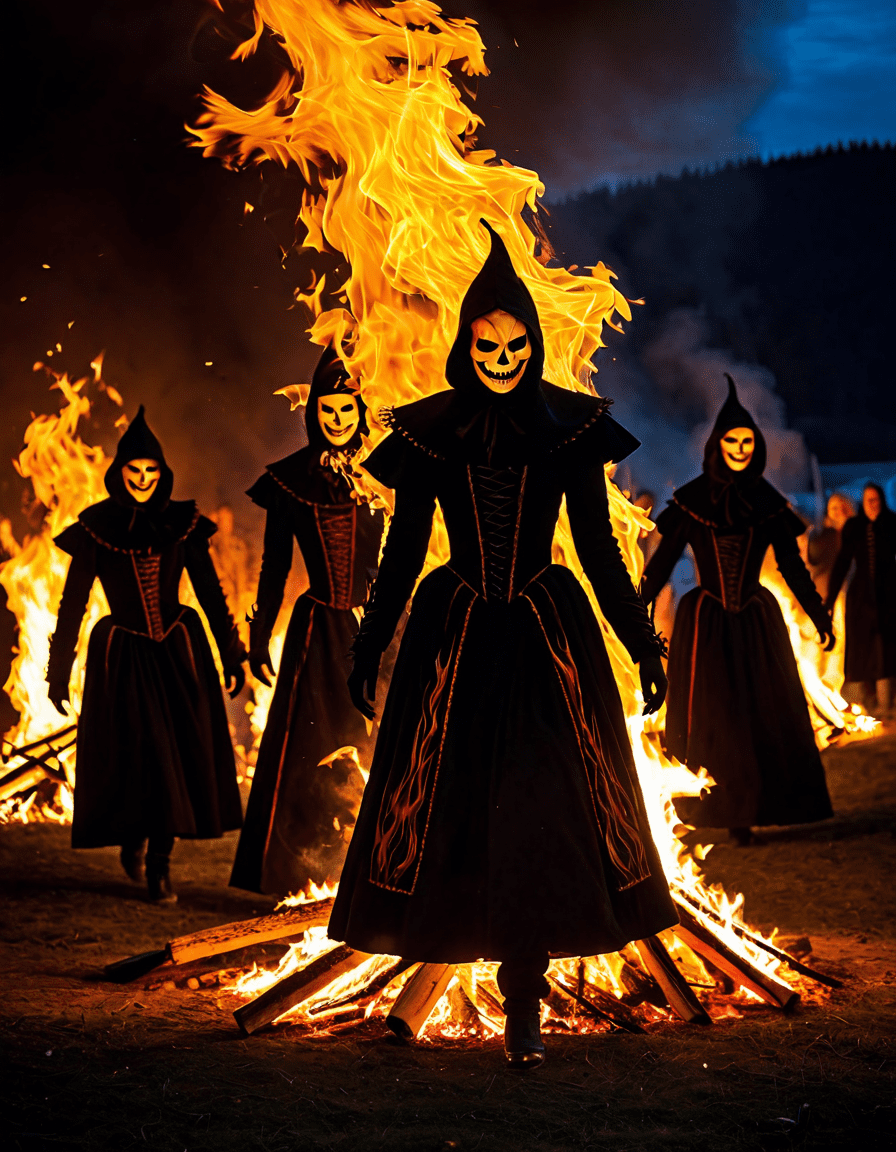
1. The Baba Yaga: A Diabolical Crone of Slavic Folklore
In the heart of Slavic tales, the Baba Yaga stands out like a fever dream, a diabolical witch who resides in a hut that hilariously stands on chicken legs. Her unpredictable antics can lead a hero to fortune or doom. This essence of malevolence perfectly entwines with her wisdom, making her a compelling character who highlights that safety often hides behind a mask of danger. Legends of Baba Yaga resonate in films like Pan’s Labyrinth, where the line between benevolent and malevolent isn’t just blurred — it’s thunderstruck!
2. The Wendigo: A Sinister Spirit of the North
Imagine being trapped in a landscape bound by winter’s grip, your only companion being the cold yearning for flesh! That’s the Wendigo, a ghastly spirit from Algonquian folklore whose presence induces a berserk hunger that drives people to madness. This tale reflects societal fears of starvation and the ugly truth that desperation can awaken monstrous sides of us. Movies like Ravenous personify this chilling ethos, portraying humanity’s fragility against the elements.
3. La Llorona: The Weeping Woman of Mexican Folklore
The legend of La Llorona is a heartrending mix of tragedy and warning. This weeping woman wanders rivers, eternally mourning her lost children, symbolizing the insidious forces lurking within family dynamics. Often told to children as a cautionary fable, her story has been revisited in films like The Curse of La Llorona, reiterating how malevolence often finds its way through personal loss providing a stark reminder of guilt and sorrow.
4. The Banshee: An Omen of Death and Despair
Springing from Irish folklore, the Banshee strikes fear into the hearts of those who hear her mournful wail, which signifies impending death. Her song is a strange dance of dread, linking mortality with collective cultural angst. Reflecting on narratives like The Others, the haunting aspect of approaching death echoes the Banshee’s insidious warning that does not just scream for attention, but for understanding.
5. Morrigan: The Goddess of War and Fate
Bringing a sprinkle of Game of Thrones flair, the Morrigan from Celtic mythology dances between fate and destruction. Often accompanied by crows, this multifaceted figure embodies the chaotic elements of war. Her presence in stories reveals how malevolence can wield power beyond mere malice, questioning the very foundations of good and evil. This complexity turned up in adaptations like Celtic Mythology showcases how legends evolve, taking on new forms and meanings.
6. Krampus: The Anti-Santa of Christmas Folklore
Every Christmas needs a dose of fright, and who better to bring it than Krampus, the horned figure who punishes naughty children? This devilish counterpart to Saint Nicholas serves as a stark reminder of the consequences lurking beneath holiday cheer. As explored in films like Krampus, his character thrives on societal norms, revealing that sometimes, even benevolence needs a little push from malevolent forces to keep us in check!
7. The Jersey Devil: A Myth Born of Fear and Isolation
Emerging from New Jersey’s Pine Barrens, the Jersey Devil is as quirky as he is terrifying. Legend has it that this creature is the cursed child of a witch, destined to wander the woods in search of acceptance. This spooky tale taps into humanity’s fear of isolation and the unknown. Modern media has kept the Jersey Devil alive, illustrating how local legends can echo broader social anxieties, turning the fear of the unexplained into a cultural staple.
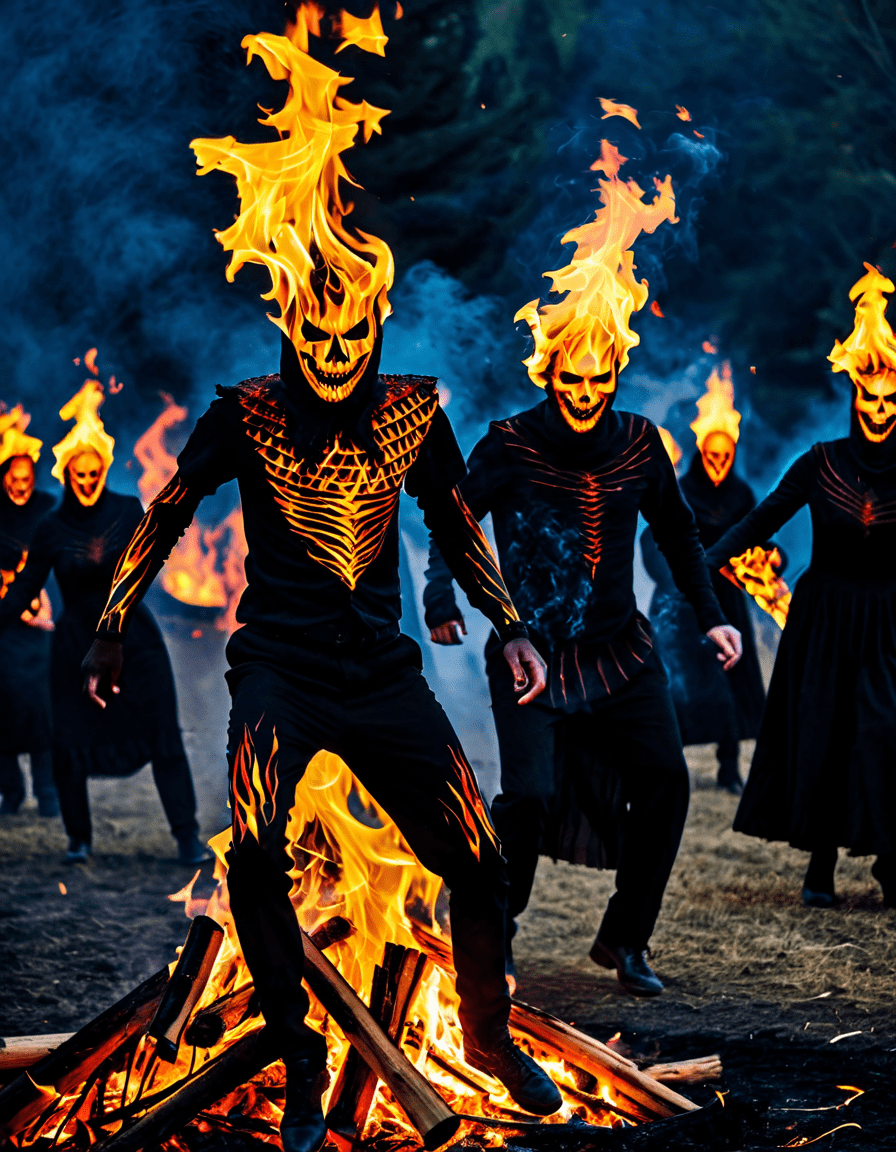
Insidious Narratives: The Psychology Behind Malevolent Myths
These malevolent legends thrive on the intricacies of human psychology. They articulate our deepest fears and moral lessons, showcasing the eternal struggle between light and darkness. Inside their narratives, we often encounter the concept of rigor mortis, symbolic of how powerful malevolent forces can leave us paralyzed by fear. This connection adds a haunting layer to ghost stories, spirits, and the undead, indicating how cultural narratives morph over time, searching for meaning through existential exploration.
These tales tug at the core of what it means to be human — our vulnerability, our virtues, and the very darkness festering inside. They offer not just horror but a profound commentary on the human condition. By diving into their essence, we unlock the secrets behind why these stories resonate across generations, rich in symbolism and raw emotion.
The Modern Relevance of Malevolent Forces in Storytelling
Flash forward to today, and it’s clear that these malevolent forces have transcended folklore and seeped into modern cinema. Films like Hereditary and series such as The Haunting of Hill House resurrect age-old myths and explore themes of trauma, family dynamics, and the lurking evil that often colors our lives. These contemporary adaptations reflect our ongoing fascination with the darker side of storytelling, allowing us to confront that which we hide from — both in our lives and on-screen.
As we marvel at the complexities embedded in these dark narratives, it’s evident that malevolent forces are not merely devices for shock but mirrors reflecting our struggles. They challenge us to understand our fears, our morals, and the light we cling to in times of darkness. Embracing these legends allows us not just to witness the sinister aspects of storytelling but to explore the remnants of our cultural heritage woven tightly with these malevolent echoes.
Tales of the phantoms of our past remind us: beneath the surface of everyday life, malevolence and morality stay entangled, beckoning us to try and decipher the shadows that define our humanity. Let’s continue to celebrate this complicated relationship between good and evil, hoping that it helps us shine even brighter in its midst.
Malevolent Forces Behind Sinister Legends and Myths
A Look at Malevolent Influences
When we delve into myths, malevolent forces often emerge as the stars of the show. These dark entities not only keep audiences on the edge of their seats but also connect to deep cultural fears. For instance, the archetype of the “malevolent spirit” features prominently in folklore across the globe. Did you know that many legends have their roots in historical events? Take the infamous tales of witch hunts; they were fueled by fear and societal paranoia, leading to tragic consequences. This association with fear can evoke feelings similar to those you might feel while watching classic horror films featuring legends, like the haunting performances of icons such as Jessica Lange And Jessica lange, whose roles have captivated audiences while exploring the darker side of humanity.
Fear and Folklore: Legends Through History
The fascination with malevolent forces isn’t a fleeting trend; it’s as ingrained as the tales of old that warned of dangers lurking just beyond the familiar. Think about how stories of bogeymen and dark witches became a fixture in children’s bedtime tales. These myths serve as cautionary fables, instilling life lessons through fear. Interestingly, the way these legends evolve can sometimes feel reminiscent of childhood entertainments, like the songs of The Wiggles the wiggles, balancing delight with a touch of trepidation. While they may not send shivers down your spine, the idea of playful songs masking hidden meanings can stir curiosity about what really lies below the surface.
The Macabre Side of Malevolence
Moreover, the allure of the macabre macabre often draws people in. While some might think of it as sheer horror, for many, it’s a lens through which the complexities of morality and ethics are explored. For example, movies that portray grim realities—like those starring Angelina Jolie And Angelina Jolie—showcase( how strained circumstances lead to malevolent actions. And it’s not just about gruesome outcomes; it also presents the human struggle in the face of adversity.
So, next time you’re enchanted by a chilling story or a hair-raising movie, ponder the malevolent forces at play. You might realize that much like the intricacies of Alabama’s income tax alabama income tax, these legends come with their share of twists, all designed to reveal something deeper about us. Who would’ve thought tales of terror could hold such hidden truths?
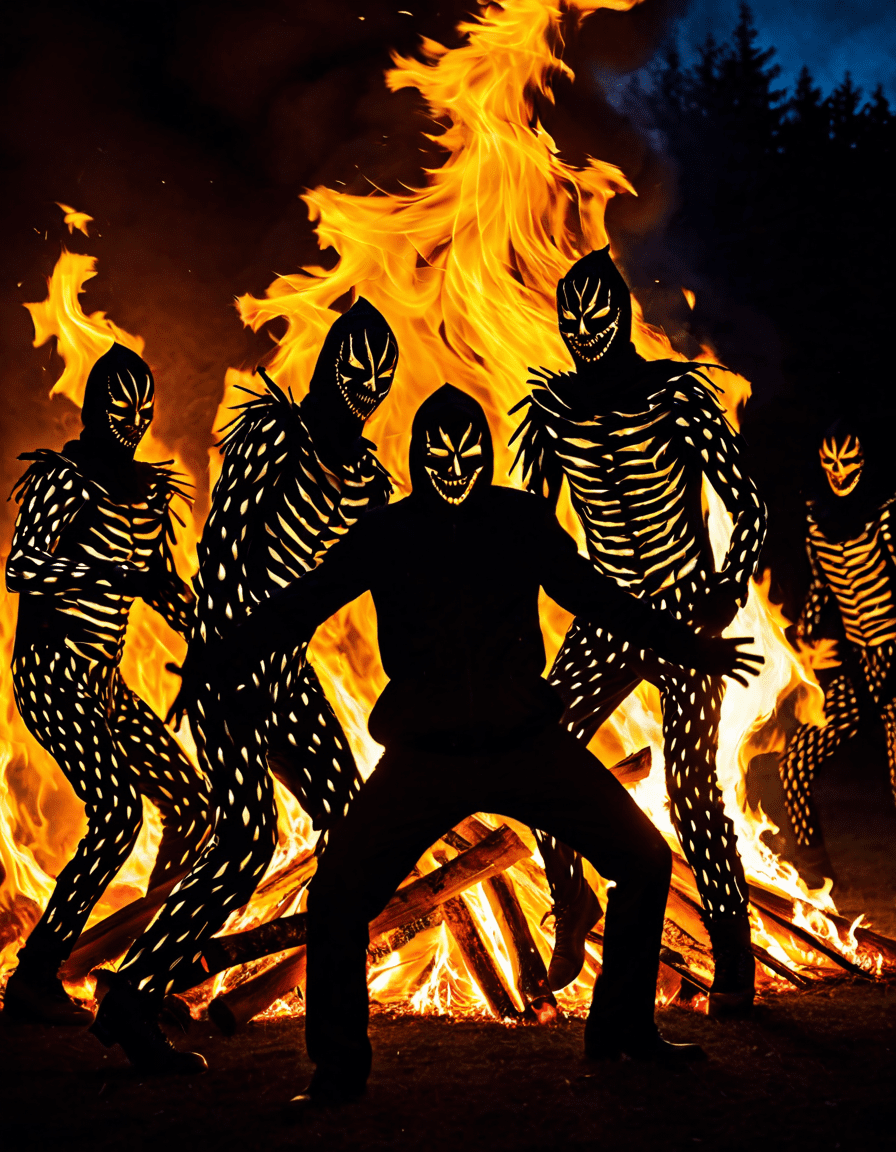

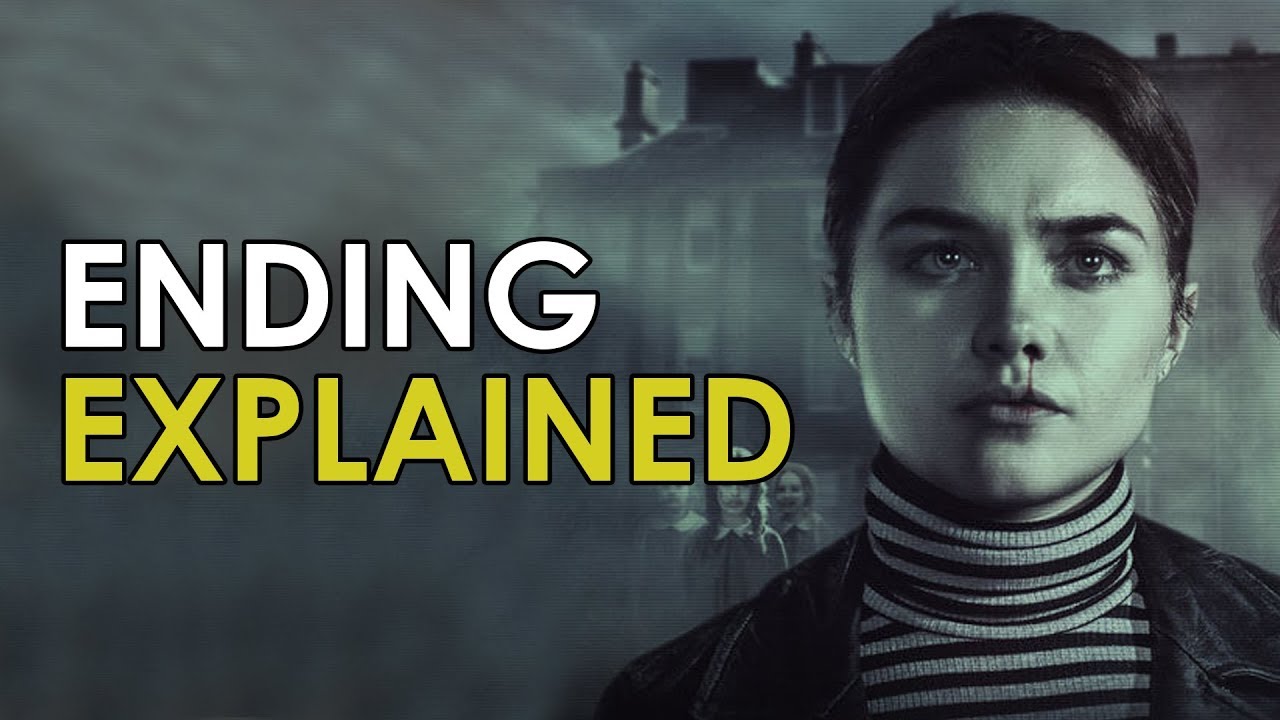
![ROBLOX - MALEVOLENT - [Full Walkthrough]](https://www.cinephilemagazine.com/wp-content/cache/flying-press/dd6072b8215e1e7d7b9d9649fa7edc16.jpg)
